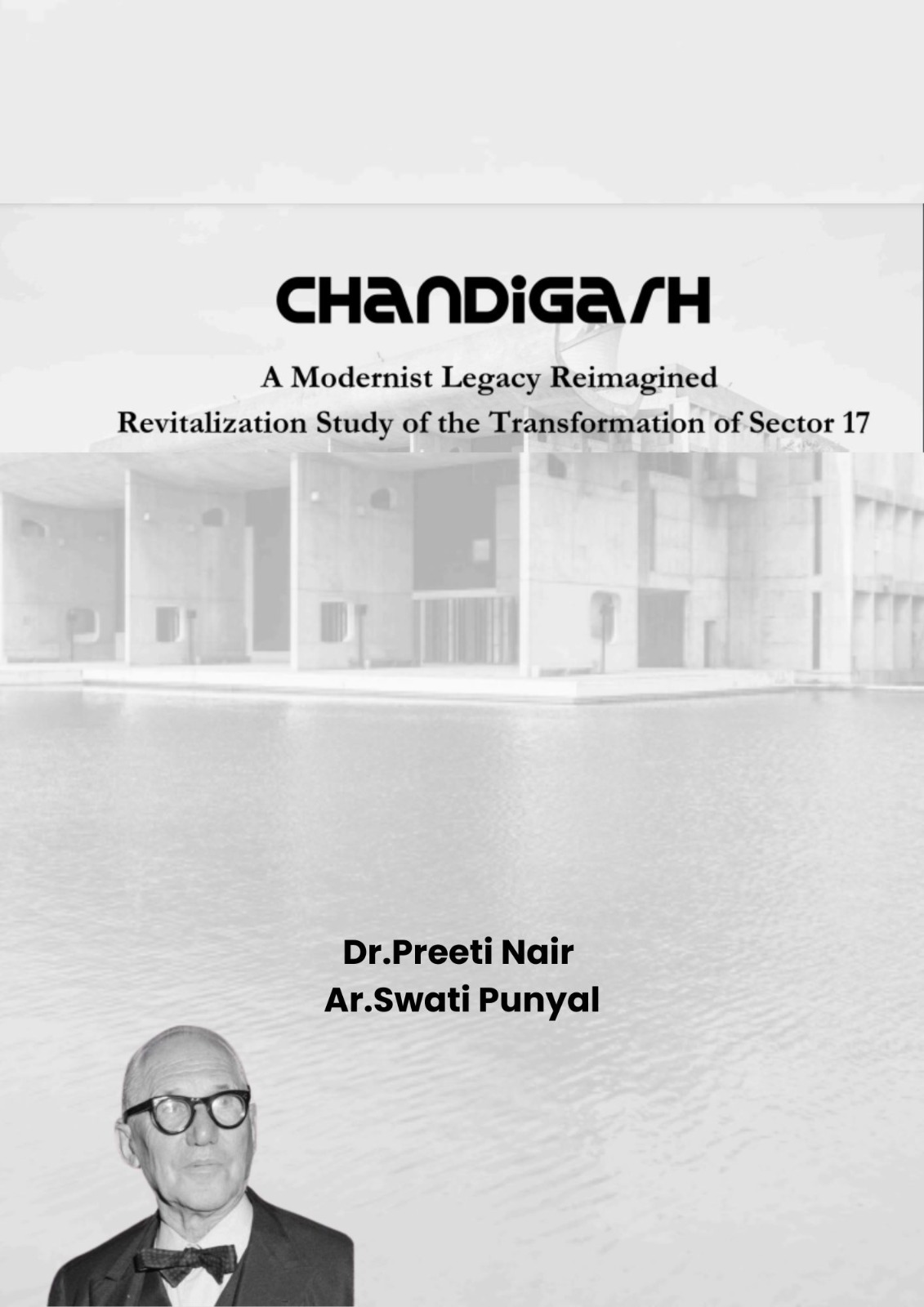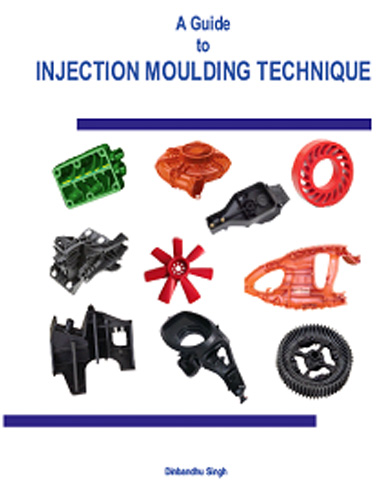
About The Editors

Dr. Preeti Nair is presently working as Associate professor in the Department of Architecture, Delhi Technical Campus, Greater Noida. She has graduated from Giani Zail Singh College of Engineering and Technology, Bathinda under Punjab Technical University in 2008. She has done her Masters in M.Ekistics from Jamia Millia Islamia, New Delhi in 2012 and completed her PhD in 2023. She has an experience in the industry for more than 5 years with a wide range of projects varying in institutional and residential projects. She has been associated with Amity University, Galgotias University since 2012. Her research interest is in architectural design, urban planning, and town planning. She is an expert on the settlement morphology of urban and rural settlements. She has been a speaker at many National and International conferences. She has also authored 5 papers, out of which three papers are in Scopus and 1 in Web of Science Journal.

Ar. Swati Punyal is presently working as Assistant Professor in the Department of Architecture, Delhi Technical Campus, Greater Noida. She has graduated from Sushant School of Art and Architecture, Haryana under GGSIPU in 2014. She has done her Masters in Urban Design from the School of Planning and Architecture, Bhopal in 2018. She has experience in academics for more than 5 years. Her research interest is in Architectural Design, Urban Design, and Environmental Planning. She is currently pursuing a PhD focusing on Disaster Resilience Planning in Hilly regions.
About The Book
The initiation of this book serves a dual purpose: to inspire students towards research and technical writing while also documenting the project undertaken in the Urban Design studio. The focus lies on the revival of Sector 17 in Chandigarh as a district center, encapsulated within various chapters. Chandigarh, the brainchild of the renowned architect Le Corbusier, epitomizes the principles of the modern architecture movement. Designed on a grid iron pattern with distinct sectors, Sector 17 was envisaged as the central business district, strategically located at the heart of the city.
Over the course of five decades since its inception, Chandigarh has undergone multifaceted transformations—economic, social, political, and environmental. These changes necessitate a reevaluation of Sector 17’s role to align with contemporary needs. Technological advancements have reshaped lifestyles, demanding a shift in the function and design of urban spaces. However, Sector 17 appears to falter in meeting these evolving requirements.
Previously, the denizens of Chandigarh had limited exposure to modern shopping complexes. However, the recent conversion of industrial zones into commercial hubs has led to the emergence of mega malls like Elante. Consequently, on weekends, a significant portion of the populace prefers Elante over Sector 17, indicating a shift in consumer behavior. Despite these changes, Chandigarh’s nomination as a UNESCO World Heritage Site underscores the importance of preserving Le Corbusier’s original vision, including the essence of Sector 17.
Redeveloping Sector 17 poses a formidable challenge. It must embrace contemporary developments while safeguarding its heritage value. Identifying the architectural elements that define Sector 17’s unique character is imperative. Additionally, a comprehensive analysis of the current state of Sector 17 is essential to determine necessary modifications. This paper aims to propose strategies for integrating new developments seamlessly while preserving the area’s intrinsic charm.
Central to the revitalization of Sector 17 is striking a delicate balance between modernization and heritage conservation. Any redevelopment efforts must be cognizant of Le Corbusier’s design principles and the historical significance of Sector 17. This entails meticulous planning and thoughtful implementation to ensure that the essence of the district remains intact.
One approach is to conduct an in-depth study of the existing urban fabric of Sector 17. This involves analyzing architectural styles, spatial configurations, and socio-economic dynamics. By understanding the factors contributing to its character, planners can devise strategies to enhance its appeal without compromising its identity.
Moreover, community engagement plays a pivotal role in the redevelopment process. Soliciting input from residents, businesses, and other stakeholders fosters a sense of ownership and ensures that proposed changes resonate with the local populace. Collaborative workshops, focus groups, and public consultations can facilitate meaningful dialogue and generate innovative ideas.
Furthermore, integrating sustainable practices is imperative in the redevelopment agenda. Embracing green technologies, promoting walkability, and prioritizing public transportation are vital steps towards creating a more livable and environmentally friendly urban environment. Sector 17 can serve as a model for sustainable urban development, showcasing the harmonious coexistence of tradition and innovation.
Incorporating adaptive reuse strategies is another avenue worth exploring. By repurposing existing structures and integrating them into new developments, Sector 17 can retain its historical fabric while accommodating contemporary needs. This approach not only preserves cultural heritage but also fosters a sense of continuity and identity.
Additionally, leveraging technology can enhance the functionality and aesthetics of Sector 17. Smart infrastructure, digital connectivity, and interactive urban features can enrich the visitor experience while promoting economic growth. Embracing innovation enables Sector 17 to remain relevant in an ever-evolving urban landscape.
In conclusion, the revitalization of Sector 17, Chandigarh, demands a nuanced approach that respects its heritage while embracing the future. By prioritizing preservation, community engagement, sustainability, and innovation, Sector 17 can reclaim its status as a vibrant district center. This book serves as a catalyst for scholarly inquiry and practical solutions, empowering students and practitioners alike to shape the urban landscapes of tomorrow.




